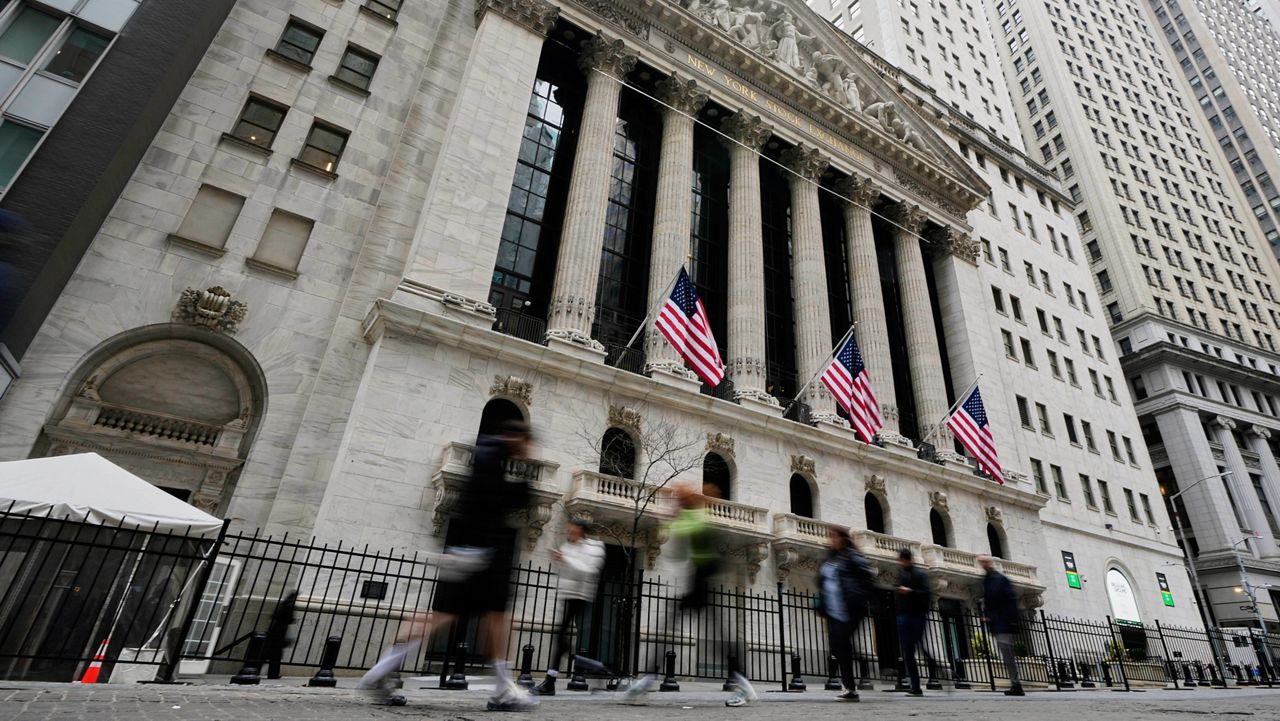Profits on Wall Street could top $60 billion this year if current trends continue, and those profits and bonuses could help generate higher-than-expected city and state tax collections, New York State Comptroller Tom DiNapoli said in a report Thursday.
DiNapoli said profits from the first half of 2025 increased 31% year-over-year, driven by increased trading activity. Trading revenues grew 73% over the same period last year, while commission income, AI-related dealmaking, and supervisory fees also contributed to higher profits. If the trend continues, profits could potentially reach a record level.
The securities industry earned $30.4 billion in the first half of 2025, a faster pace than last year, when full-year profits totaled $49.9 billion, the fourth-highest level on record, DiNapoli said.
“The securities industry’s gains provide an important boost for tax revenues that support critical investments in housing, transportation, and public services that New Yorkers depend on,” DiNapoli said in a statement. “While uncertainty remains around interest rates, inflation and the broader economy, Wall Street looks to have another strong year.”
The securities industry contributes significantly to the state and New York City through business taxes on profits and personal income taxes on employees’ salaries. The industry generated an estimated $6.7 billion in revenue for New York City in fiscal year 2025, up 35.1% from the prior year. Employment in New York City’s securities industry rose to a record 201,500 jobs in 2024, surpassing the previous peak in 2000. Preliminary 2025 data shows a potential decline of about 3,000 jobs, although this trend has been seen in recent years before reversing once numbers were finalized.
The state relies more heavily on securities industry-related tax receipts, with an estimated $22 billion collected in state fiscal year 2024-25, up 12% from the previous year.
The revenue generated for the state could give the governor and the Legislature some assistance they head into next year’s budget process as they grapple with federal cuts and a cumulative $34.3 billion state budget gap through 2029.

